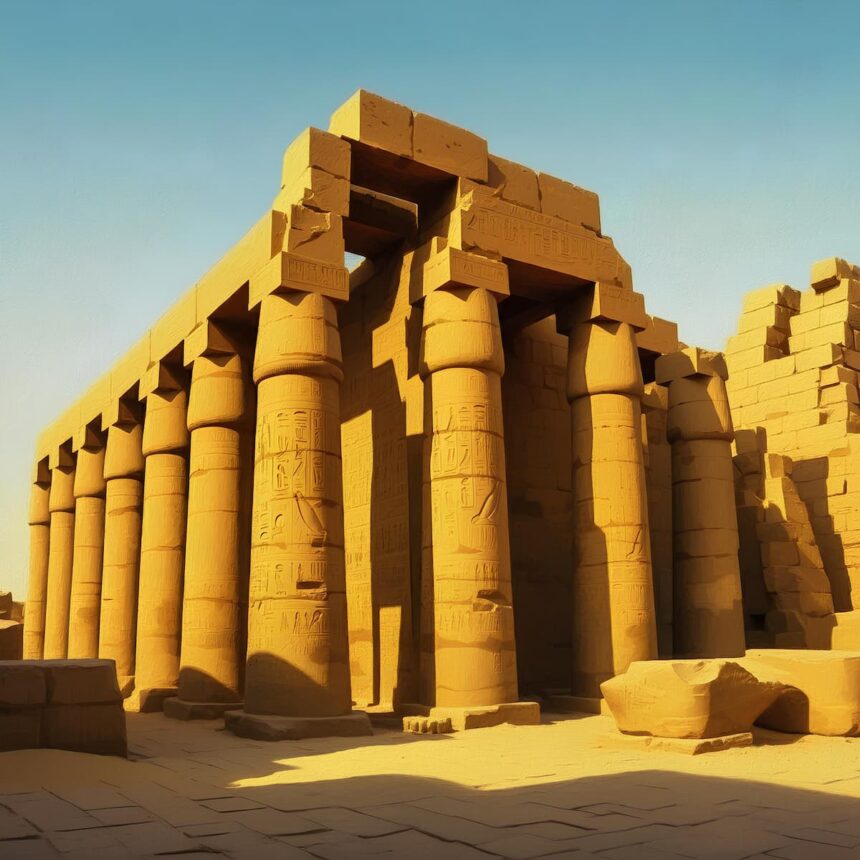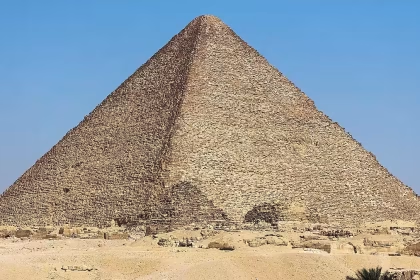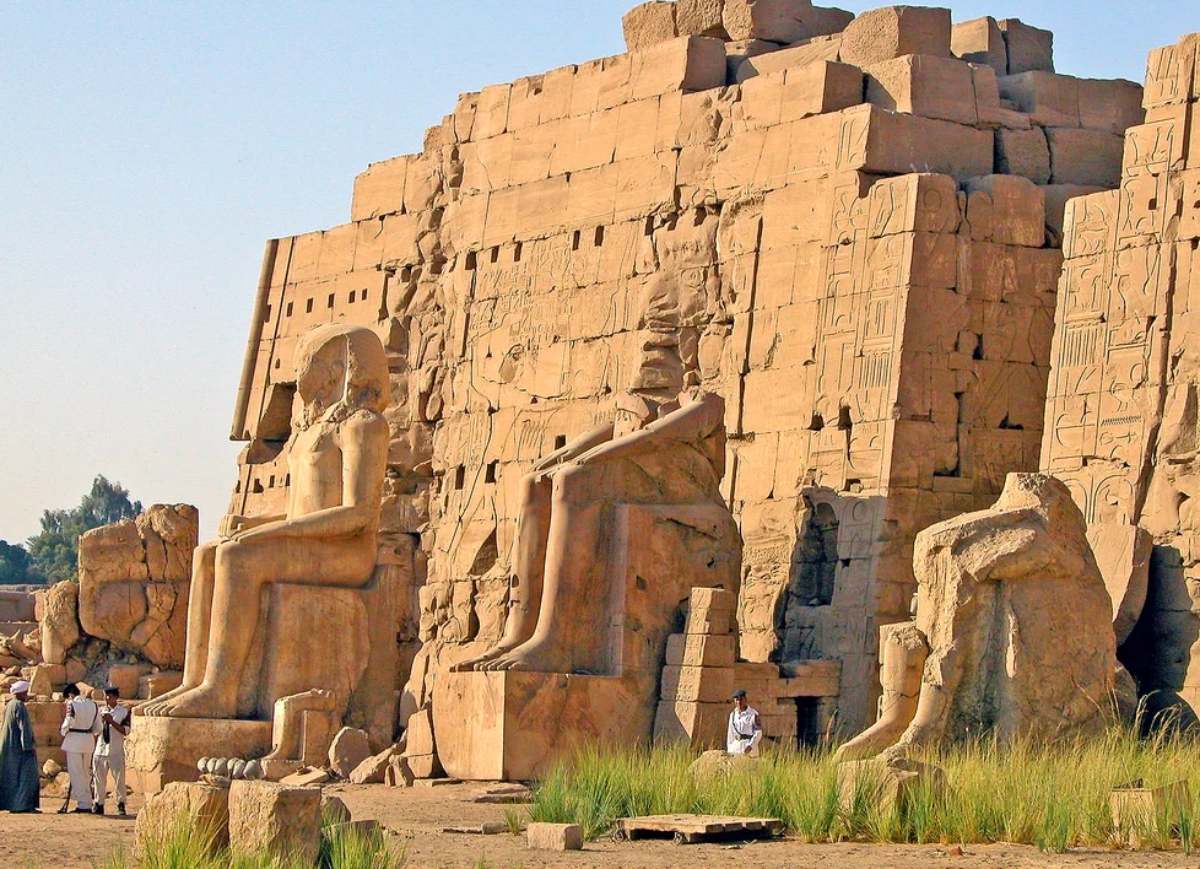- Pharaoh Pepi II Smeared Slaves with Honey to Attract Flies
- Ancient Egyptian Fly Swatters Were Made From Giraffe Tails
- Egyptians Used Baboons to Hunt Down Lawbreakers
- Court Physicians of the Pharaoh Had Strange Titles
- Egyptian Medicine Was Advanced Overall
- Ramses the Great Had More Than 170 Children
- Both Men and Women Used Cosmetics
- Egyptians Shaved Their Eyebrows in Mourning for Cats
- Pharaohs Had Stylish Footwear and Socks
- The Pyramids Were Built by Hired Workers, Not Slaves
- Some Ancient Egyptian Tombs Had Toilets
Pharaoh Pepi II Smeared Slaves with Honey to Attract Flies
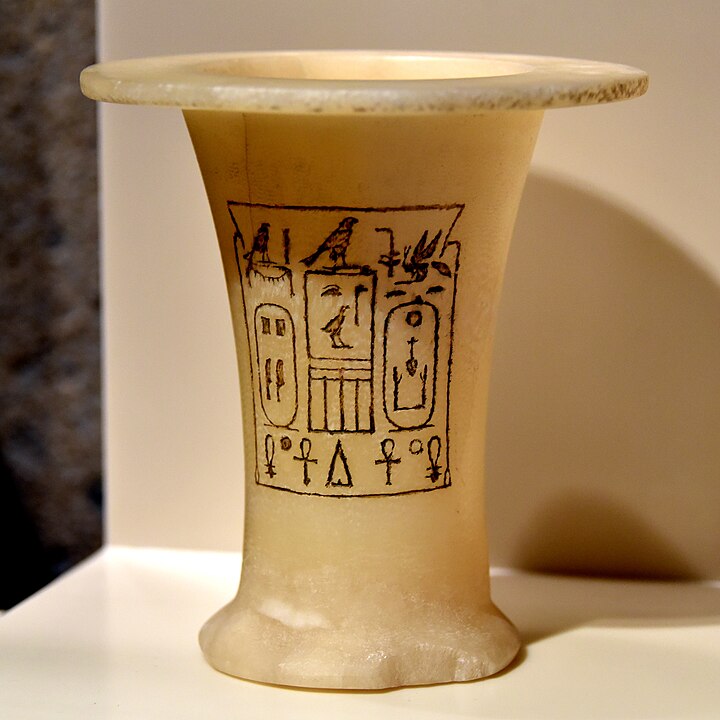
Pharaoh Pepi II of the 6th Dynasty lived around 2300–2206 BCE. Officially, he was called Neferkara Piopi II, meaning “Beautiful is the spirit of the sun god,” in case you’re curious.
He reigned for about 64 years, during which he established trade with the Nubians and married at least five times. He was notorious for his lax attitude toward paperwork and his indifference to internal politics, which led to conflicts and feuds among the nobles (nomarchs) and contributed to the Old Kingdom’s subsequent crisis. However, Pepi became most famous for his hatred of flies.
It’s easy to sympathize. Flies are unpleasant insects.
Pepi invented his own method for dealing with them. Traditional fans were fine, but his solution was more radical. The pharaoh surrounded himself with naked slaves smeared with honey. Flies would land on them, get stuck, and then be killed. These slaves acted as living traps for the insects.
Pepi, of course, wasn’t concerned about the comfort of his slaves. They weren’t made of sugar, so they could endure it.
Ancient Egyptian Fly Swatters Were Made From Giraffe Tails
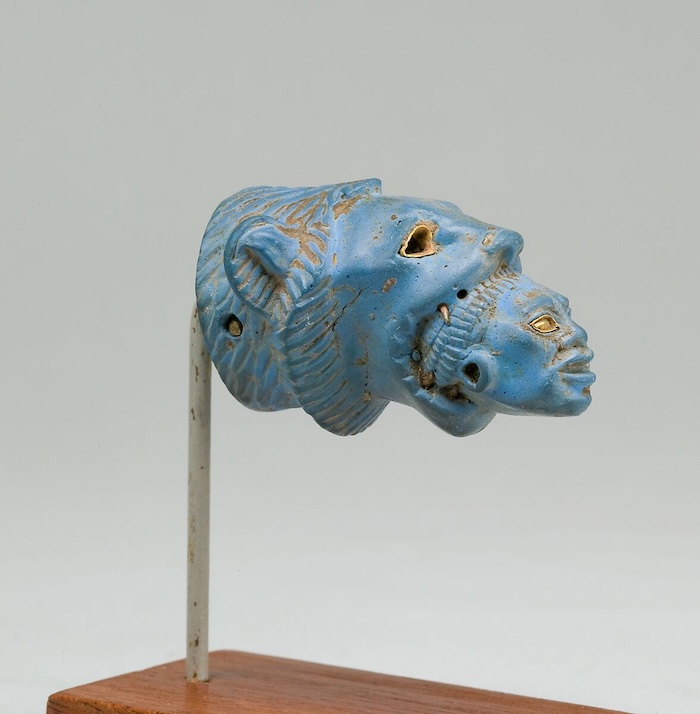
By the way, if you’re stingy with honey, here’s another method for dealing with flies that the Egyptians came up with. Take a giraffe tail, attach a stylish handle to it—like in the picture above—and there you go: a fashionable fan. You could swat a fly easily—just make sure it’s not sitting on the pharaoh’s forehead at the time.
Incidentally, even today, the people of South Sudan hunt giraffes for meat. And the brush made from the tail is used as part of a bridal dowry traditionally presented to the bride’s father.
Egyptians Used Baboons to Hunt Down Lawbreakers
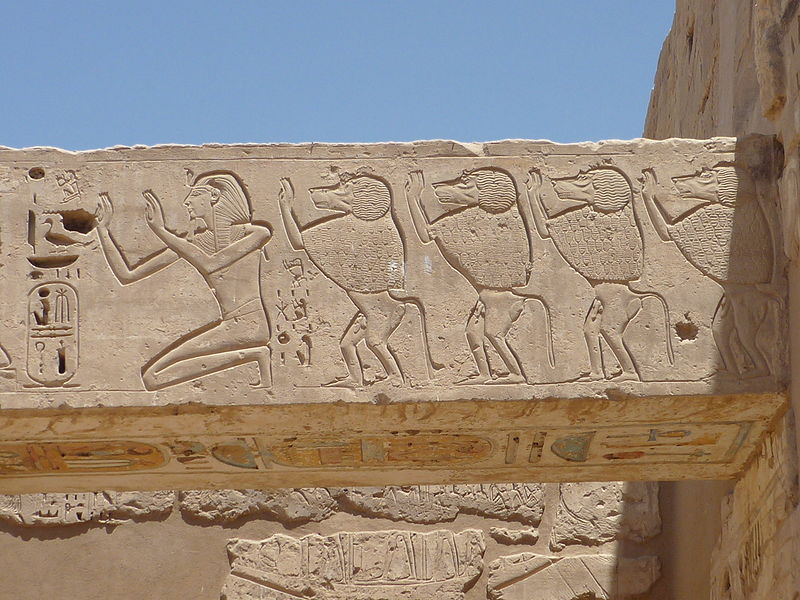
When we think of police animals, dogs usually come to mind. But the Egyptians rarely opted for such ordinary solutions.
Instead, they used… baboons as guards and watch animals.
If you doubt that they were helpful to Egypt’s city watch, just look at the teeth of these monkeys. In addition, baboons can move quickly and are as good at parkour as Altair from *Assassin’s Creed*. The guards would unleash trained baboon troops on thieves, and the baboons would chase and capture them. This is documented in many Egyptian frescoes.
Particularly distinguished baboons could be mummified after death as a sign of gratitude, ensuring their passage to the afterlife.
Yes, the Egyptians did have dogs, too. But baboons were better. Better than dogs.
In addition to law enforcement duties, baboons had other roles. They were among the Egyptians’ favorite pets.
For example, they were trained to gather figs from trees and bring them to their owners. And due to their habit of screeching in the morning, baboons could serve as living alarm clocks.
There’s a theory that the word “baboon” has ancient roots and is connected with the name of the Egyptian god Babi (or Baba), the deity of baboons and scribes. Don’t ask why monkeys and calligraphy are related—just accept it as fact.
Court Physicians of the Pharaoh Had Strange Titles
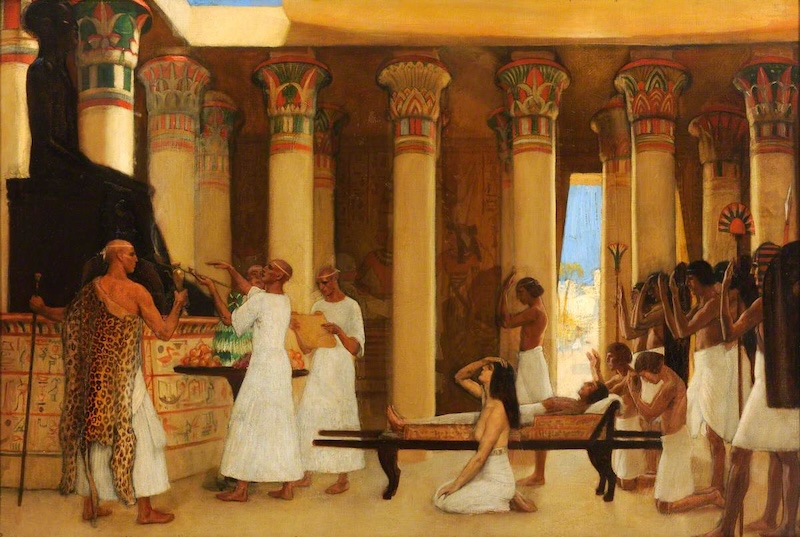
The Egyptians had a peculiar yet advanced medical system. Particularly skilled doctors could expect high positions at court.
Since the pharaoh was considered a god, court physicians were also partly priests. Each one was responsible for treating only a specific disease or for the care of a particular organ. They held titles such as “Royal Keeper of the Pharaoh’s Left Eye” and “Royal Keeper of the Pharaoh’s Right Eye.”
However, the most fortunate physician was the one who served as both a proctologist and dietician, known as the “neru pakhut,” or “Shepherd of the King’s Anus.”
One of the most famous of these Shepherds was Ir-en-akhti, who lived during the First Intermediate Period of Egypt (roughly 2181–2040 BCE). He succeeded his predecessor, Shepherd Khui, in this honorable position.
The “neru pakhut” had the authority to administer enemas to the pharaoh, purge his system with emetics, prescribe his daily diet, and even impose fasting. Enemas were especially popular in Egypt, and the pharaoh, along with his court, performed them several times a month for preventive purposes.
Of course, this was accompanied by the recitation of prayers and incantations meant to maintain the pharaoh’s health.
Egyptian Medicine Was Advanced Overall
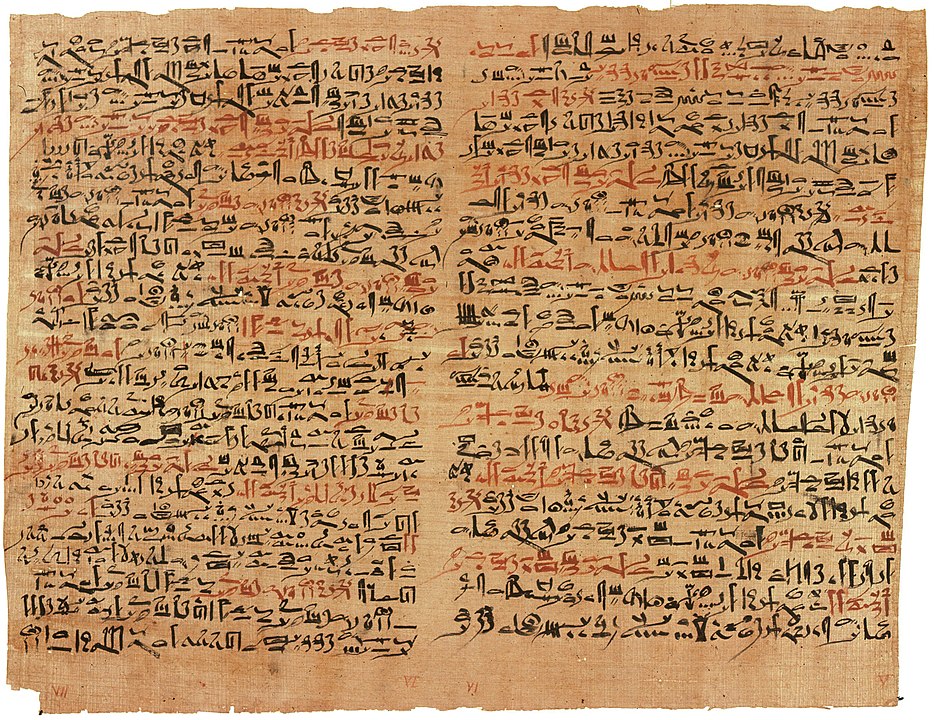
Top-notch medical care was available not only to the pharaoh and his entourage but also to ordinary citizens. For example, it’s documented that peasants in ancient Egypt wore pouches around their necks filled with mouse bones, which were thought to prevent nighttime incontinence.
In theory.
And if you rubbed your head with a mixture of fat from a mountain goat, cat, hippo, and crocodile, it was believed to cure baldness. Just be careful when explaining to the authorities how you got fat from sacred animals.
The ancient Egyptians also invented their own toothpaste. The recipe: powder from ox hooves, ash, burned eggshells, and pumice.
Even dog, donkey, and gazelle dung had medicinal properties. These were used by the priests of Khepri, the scarab god. Since scarabs are born from dung balls, dung must be a source of life force. Logical? Logical.
According to the Kahun Papyrus, honey and crocodile dung were excellent contraceptives. They were also good for women’s health in general. Apply externally.
Finally, the Egyptians suffered from diseases like schistosomiasis, which caused men to urinate blood. But this wasn’t considered bad—it was believed that they were simply menstruating like women. Egyptians even thought that such men might become pregnant.
Ramses the Great Had More Than 170 Children
After hearing all these curious facts about Egyptian medicine, you might think that poor pharaohs barely made it to 30 and died in agony—more from their treatments than from actual dangers.
But that wasn’t always the case. Some pharaohs lived quite well. For example, Ramses the Great was over 90 years old when he died.
The king lived a grand life. He had eight official wives, nearly 100 concubines, 111 sons, and 67 daughters. There’s also reason to believe he was left-handed and had red hair.
Both Men and Women Used Cosmetics
Egyptians, regardless of gender, applied eyeliner, painted their lips, and rouged their cheeks, as well as rubbed themselves with aromatic oils. This not only made them look very beautiful but also protected their skin from the scorching sun.
The weather certainly called for it, as you can imagine.
However, the usefulness of Egyptian skincare products is quite questionable, as they contained lead.
Egyptians Shaved Their Eyebrows in Mourning for Cats
Cats were highly revered in ancient Egypt. It was believed that they were protected by the goddess Bastet. Cats were useful in controlling rodents and snakes, and a whole cult formed around them.
It is documented that when a cat died, its owners would shave their eyebrows (which was a sign of mourning for Egyptians). The deceased pet was mourned for a full 70 days.
Moreover, cats were mummified like humans and buried with honors.
For the deliberate killing of a cat, the penalty was death. For an accidental killing, a large fine was paid to the priests of the nearest temple of Bastet, along with public repentance (if the person was lucky). There is a historical account by Diodorus Siculus that in 60 BCE, Egyptians lynched a Roman who accidentally ran over a cat with his chariot.
Pharaohs Had Stylish Footwear and Socks
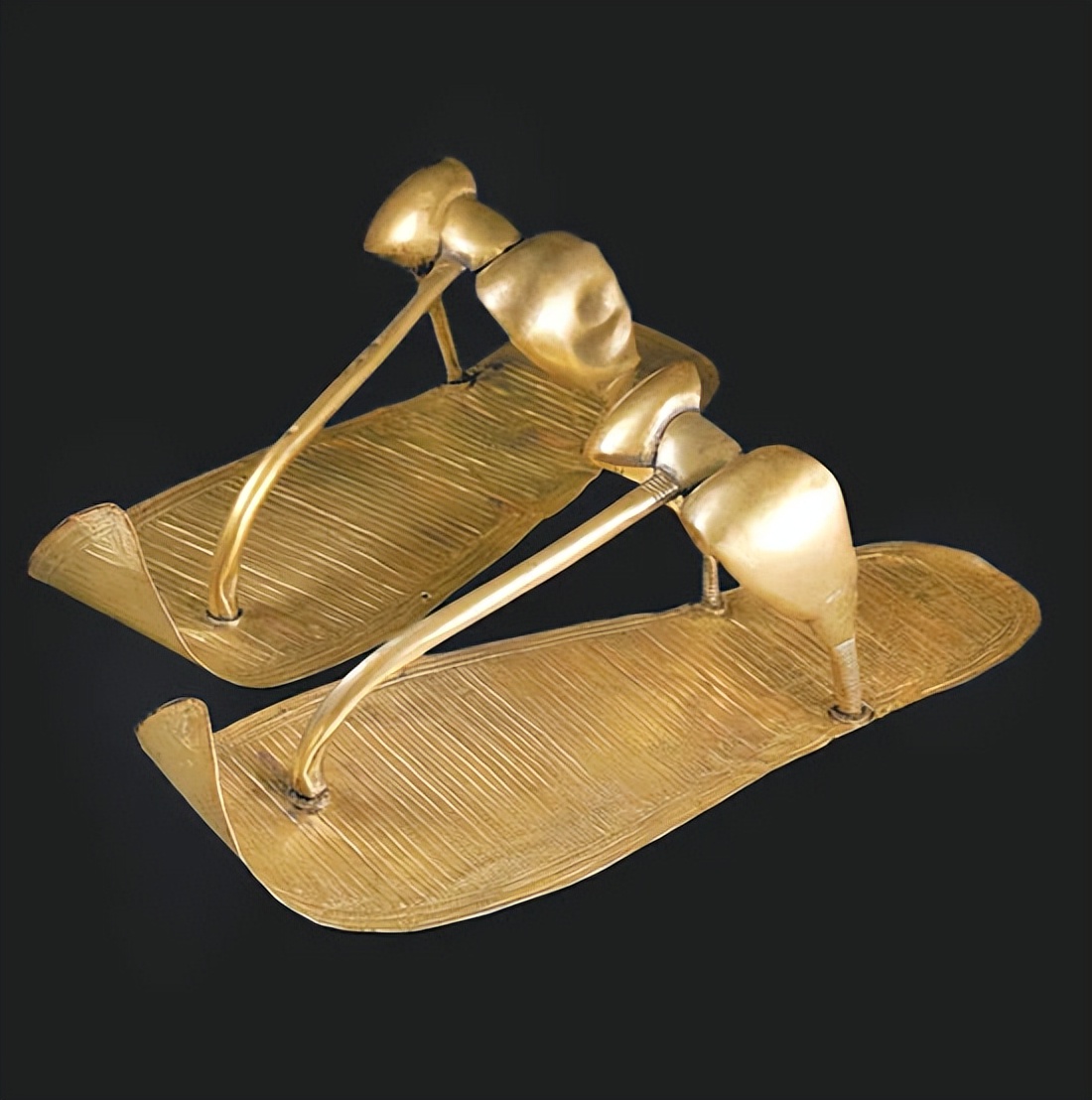
The soles of Tutankhamun’s sandals bore portraits of barbarian peoples. So, wherever he walked, he would trample his enemies. Additionally, the enemies of the kingdom were depicted on pharaonic thrones to symbolize that the king of Egypt trampled them with his throne.
And by the way, Tutankhamun wore socks with his sandals. If you have anything to say about that, remember that the royal crocodiles were purposefully not fed for two days.
The first socks were invented by Egyptians around 5000 BCE.
The oldest surviving pair of socks, however, is only 1,700 years old. These were made by Egyptians between 250 and 420 CE. Perfect for wearing with open-toed shoes.
The Pyramids Were Built by Hired Workers, Not Slaves
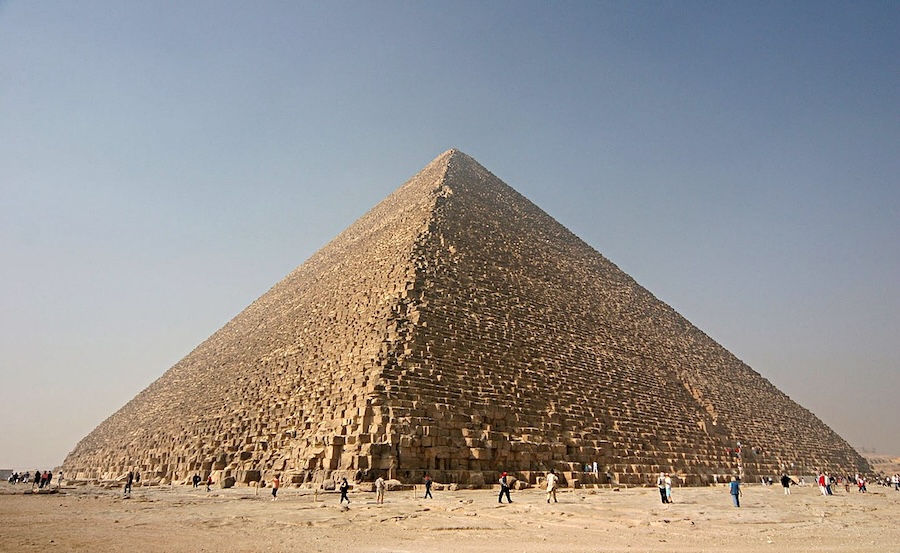
The ancient Greek historian Herodotus believed that the Great Pyramid was built by 100,000 slaves. The image of unfortunate captives hauling massive stones under the blazing sun while being whipped by overseers is frightening. But in reality, nothing like that happened.
Archaeological evidence shows that the pyramid at Giza was built by 5,000 permanent workers, assisted at different stages of construction by up to 20,000 seasonal laborers. These were free people who worked for wages.
They worked in shifts: a farmer or craftsman would leave home for 3-4 months to earn extra money on the construction site and then return to his regular life.
They were provided with food, drink, and medical care, and were housed in a camp near the construction site. Those who died during construction were buried near the pyramid—an honor that slaves would not have received. Additionally, the workers were supplied with large quantities of meat—something slaves could only dream of.
Although the labor was tough, the workers believed that they were demonstrating their loyalty to the pharaoh and the gods. Plus, they were earning points for the afterlife.
Some Ancient Egyptian Tombs Had Toilets
The Egyptians wholeheartedly believed in the afterlife. So much so that they included bathtubs and even toilets in tombs. For example, such a toilet was found in the tomb of the Egyptian architect Kha, dating back to the 2nd millennium BCE.
Even the dead, the Egyptians thought, might need to relieve themselves from time to time.


